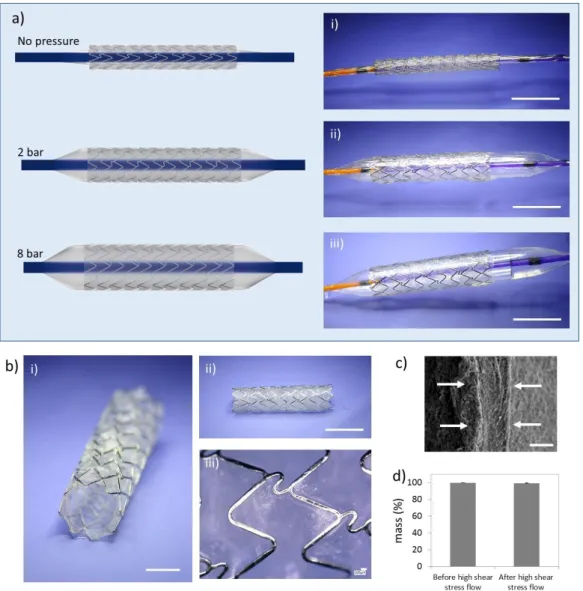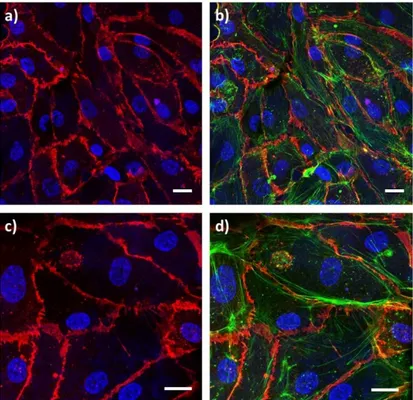Layer by layer biofabrication of coronary covered stents with clickable elastin like recombinamers
Texto completo
Figure




Documento similar
anisotropy of the upper layer, the anisotropic parameters of lower layer are obtained
The map shows that an oxide layer is present on the surface of the sample and Ti is distributed on the surface of the samples and within the implanted layer, and not only present
polymer, quenching the possible positive influence of AC on the membrane properties. Modification of the polysulfone surface by coating with active carbon layer
A reduced barrier layer thickness was revealed in the specimen anodised in the presence of molybdate, as a consequence of the increase of the resistance of the
For single-layer graphene systems, the energy loss function is related to the (negative) imaginary part of the inverse of the dielectric function, but for double-layer structures,
The process of fabrication of high quality factor photonic crystal microcavities in slabs of InP with light emission at
The low thickness of the MAPbI 3 layer and the penetration of the MAPbI 3 in the NP layer guarantees that the majority of the photoinduced excitons or electron-hole
The foundation layers of the mosaic pavements of the southern rooms (prepared by R.. 4) Soil layer: in the course of cleaning the earthen deposits within the lacunae and along

